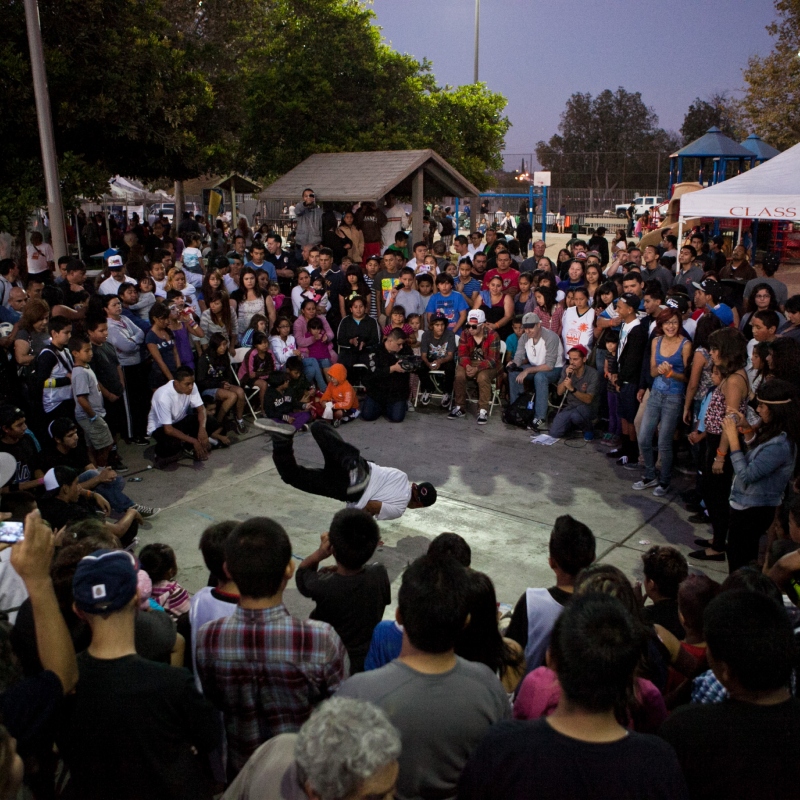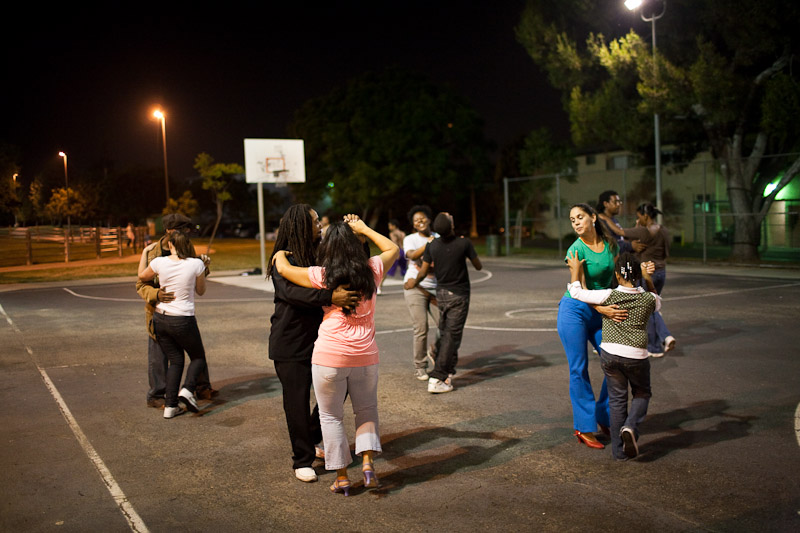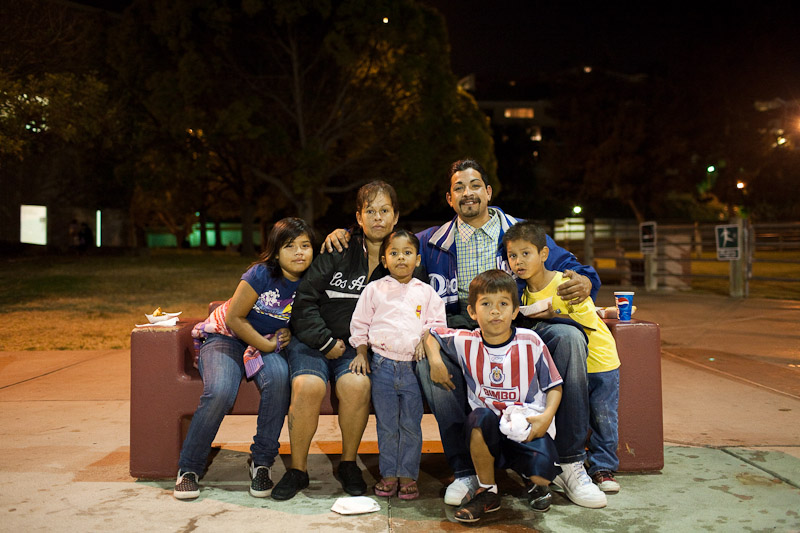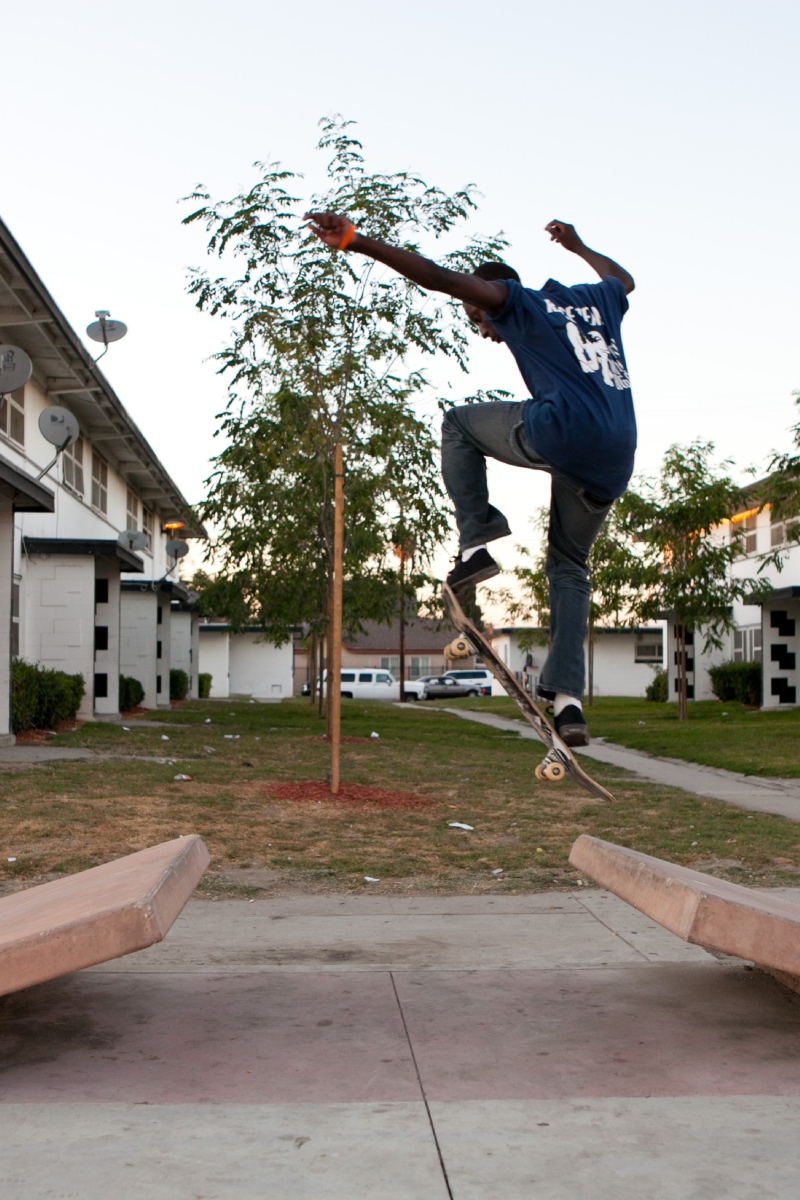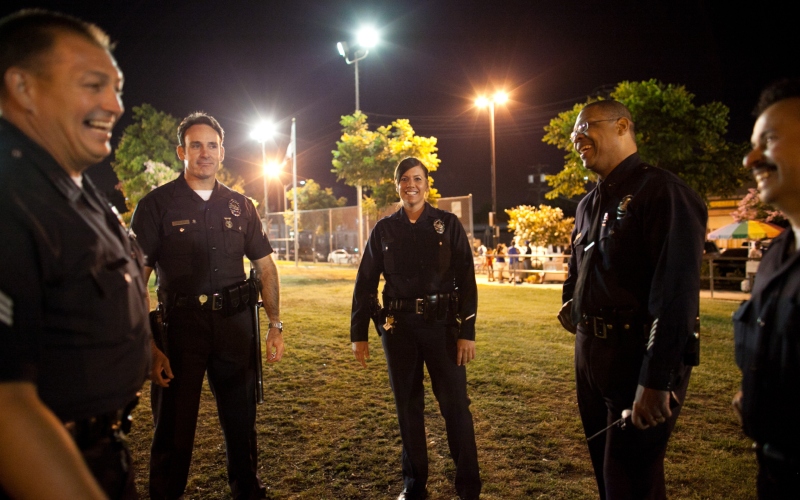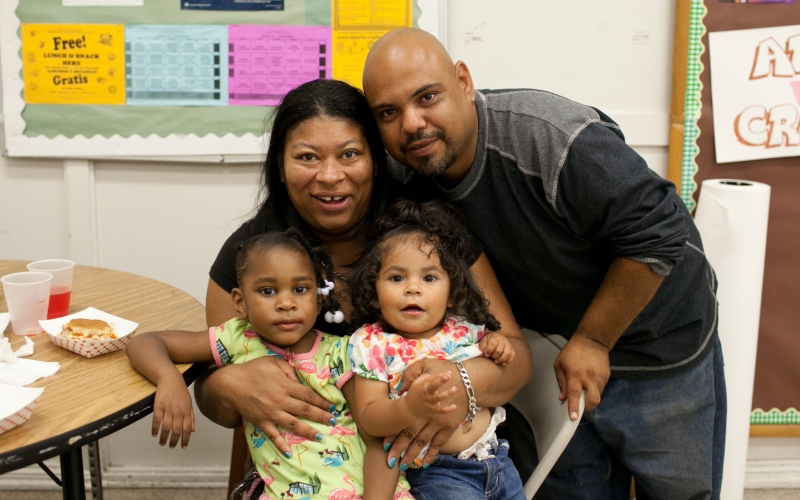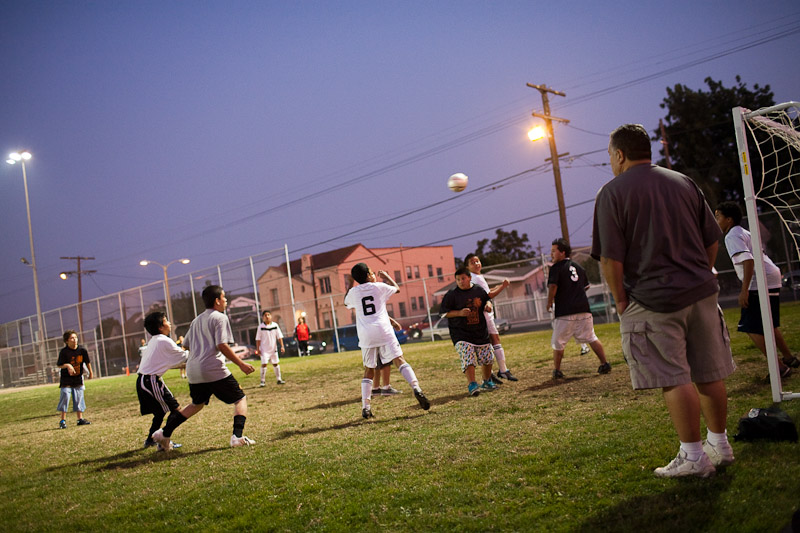Photographs by Luis Posada
BUILDING THE FRAMEWORK: LOS ANGELES
After 30 years and $25 billion dollars spent, Los Angeles had to accept a stark reality – the city was losing its “war on gangs” which attempted to dismantle and eliminate the presence of gangs. By 2007, Los Angeles had more gang members than any other city in the United States. The number of individuals who identified as gang members had actually increased over the years. Attempts to suppress gang membership seemed instead to entrench the identity and loyalties to the gang.
L.A.’s then mayor, Antonio Villaraigosa, following recommendations of advocates inside and outside of the government, moved for a radically different approach. He formed a single city office to coordinate all city-funded gang violence reduction services. The directive of this office was to overcome what was viewed as a historically fragmented and failed response to gang violence and re-establish trust in communities experiencing the highest levels of violence.
Operationalizing such an approach required strong leadership that combined real-world experience with institutional knowledge of how to treat violence as a crisis of public health. The office was staffed by social workers, public health experts, and individuals living in the areas where violence was most prevalent.
The Gang Reduction and Youth Development Office (GRYD)
Guillermo Cespedes was brought into the GRYD Office to oversee the development and implementation of the Baldwin Village GRYD zone-placed-based strategy. Cespedes had played a key role in the implementation of Summer of Success (SOS) an innovative violence reduction program in Baldwin Village during the summers of 2004 and 2005. On the surface, SOS was a program about recreational park programming during the
summer months, when the potential for crime was at its highest. However, at a deeper level, SOS was a product of an ensemble made up of nationally recognized public health experts, local policymakers, civil rights advocates, award-winning journalists, progressive law enforcement, community-based organizations, and street peacemakers with deep credibility and life experience at the center of violence. When Cespedes entered the GRYD Office, the SOS program was re-branded as “Summer Night Lights” and introduced initially in eight GRYD Zone parks.
Summer Night Lights symbolized the embodiment of the GRYD comprehensive strategy. The project engaged all members of the community – that is, families in the neighborhood, city hall staff-hires of youth from the community, and community leaders, but also gang members and law enforcement (in a community policing capacity) – to participate in extending programming at a central community location, the park. On its surface, food, games, music, and dance classes were offered to the community to provide viable activity alternatives to violence. These recreational events served as informal (and sometimes formal) truce gatherings where gang members, local families, and law enforcement, all of whom were present, shared a commitment to building community safety. By 2008, the data was beginning to show that gang violence decreased in neighborhoods with Summer Night Lights programming. Such success led to Cespedes’ promotion to Deputy Mayor of GRYD in 2009.
Photographs by Luis Posada
Photographs by Luis Posada
Photographs by Luis Posada
Cespedes as Deputy Mayor
“ There are no individuals in the world only fragments of family ” – Carl Whitaker
Photographs by Luis Posada
Using the guiding principles of family systems theory, Cespedes worked to enhance the GRYD strategy by focusing on two crucial family systems theory elements:
- Family case management for youth identified as “high risk.”
Case managers contracted through GRYD would work with families of eligible youth to strengthen their family structure, with the goal of bolstering youth resilience and reducing the likelihood of violent behavior.
- A relational triangle for 24/7 incident response
When gang violence occurred, this relational triangle comprised of gang intervention workers, law enforcement, and GRYD office staff would respond each with separate roles to play, to arrest the perpetrator of the violence, provide treatment services for families, and reduce potentials for gang retaliation.
By adding these components to the violence prevention framework, GRYD had designed a multi-systemic, multi-disciplinary, multi-staged process to impact violent crime across the city of Los Angeles. The framework brought together primary prevention at the community level; secondary prevention at the youth level; intervention through family case management and triangle incident response; community engagement; and then, finally, relational policing.
The efficacy of the violence prevention plan, however, lay in the detailed process of implementation, in the bridging of what the research indicated as the proper approach with the real-life experience of what was reasonable to execute in the community. Cespedes was out in the community regularly to watch how the plan was unfolding, adjusting in areas as needed, showing a city hall face in areas that rarely saw elected officials. By 2013, GRYD had responded to 2,500 gang-related incidents citywide. Cespedes and his office had built working relationships with gang leaders and the chief of police. The L.A. Times was calling Guillermo Cespedes “one of Los Angeles’ most quietly effective leaders.” And violent crime was on a steep decline.
Results
The impact of the violence prevention strategy was clear. GRYD Zone areas witnessed large reductions in gang and violent crime. By 2010 crime in neighborhoods with Summer Night Lights programming (which at this point had expanded from eight parks to 32) had dropped by 40%. These effects were also seen citywide. By 2013, the city had experienced a 37.5% drop in gang crime and a 40.2% drop in total violent crime, its lowest violent crime rate in 40 years. While many have pointed credit in various directions for these results, the dramatic outcomes prompted many to laud the leadership of Cespedes and refer to him as “L.A.’s go-to guy on gangs.”
Photographs by Luis Posada
Photographs by Luis Posada
Photographs by Luis Posada
Beyond Los Angeles
When Cespedes left Los Angeles in 2013 to focus on Central America, he called this move the “logical next chapter” to expand the comprehensive violence prevention strategy transnationally. Click here to learn more about Cespedes’ efforts to adapt the L.A. Model internationally.
[1] Cespedes, G. and Herz, D. December 2011. “The City of Los Angeles Mayor’s Office of Gang Reduction and Youth Development Comprehensive Strategy.” Los Angeles, CA: GRYD Office.
[2] See The Urban Institutes’ Evaluation of the Los Angeles Gang Reduction and Youth Development for a detailed overview of the GRYD Comprehensive Strategy.

